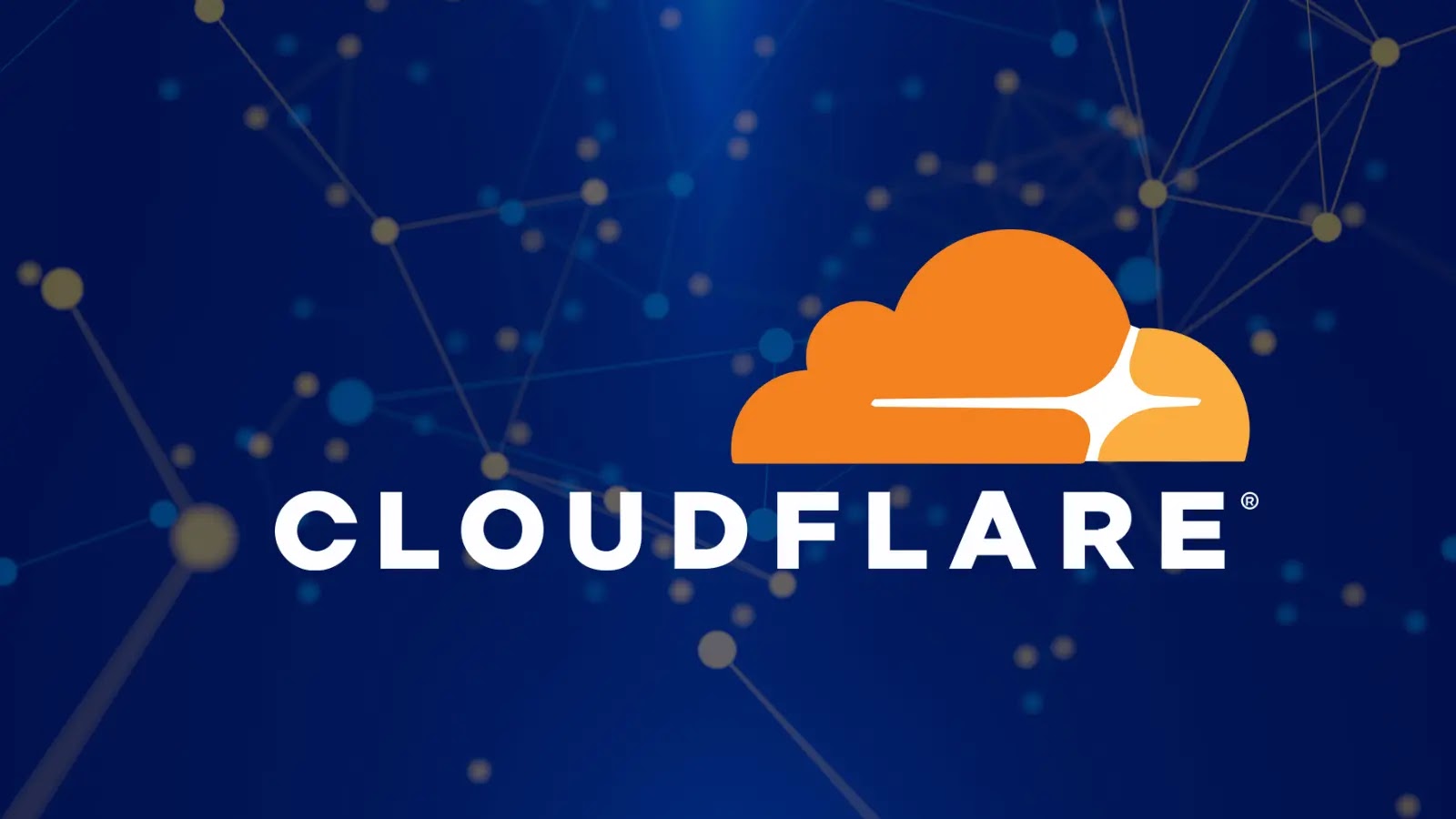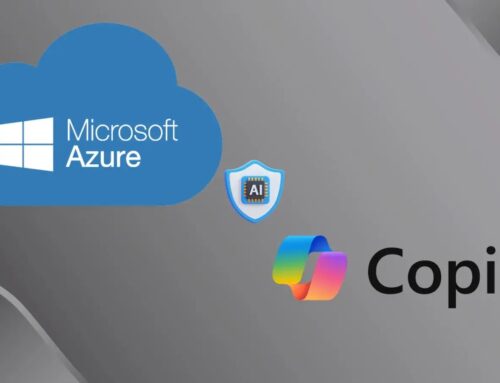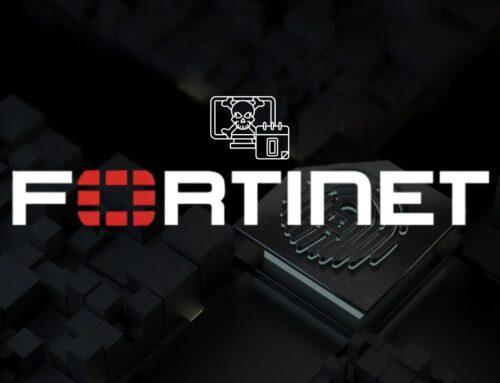
Cloudflare Global Outage Breaks Internet – Major Platforms on the Internet Go Down
Imagine the internet, that ubiquitous lifeline connecting billions, suddenly faltering. Major platforms become unresponsive, websites vanish, and the digital world grinds to a halt. This wasn’t a hypothetical catastrophe; it became a stark reality on November 18, 2025, when a widespread Cloudflare global outage sent ripples of disruption across the web, effectively “breaking” large swathes of the internet.
The Cascade: How a Cloudflare Outage Crippled the Internet
Cloudflare, a bedrock of internet infrastructure, provides critical services like content delivery networks (CDNs), DDoS mitigation, and DNS resolution to a vast number of websites and online services. When such a foundational provider experiences issues, the impact is immediately and extensively felt. The November 18th incident was a prime example, causing intermittent failures for numerous high-profile platforms and rendering them inaccessible to users worldwide.
The root cause, as detailed by initial reports, was an internal service degradation within Cloudflare’s systems. This wasn’t an external attack, but rather an operational hiccup that had far-reaching consequences. This degradation triggered widespread HTTP 500 errors, a generic server error indicating an unexpected condition prevented the server from fulfilling the request. These cascading failures impacted Cloudflare’s own operational tools, including their dashboard and API, further complicating resolution efforts.
Understanding HTTP 500 Errors in a Critical Infrastructure Context
An HTTP 500 error isn’t just an inconvenience; it signifies a serious problem on the server side. In the context of a Cloudflare outage, this meant that the very infrastructure designed to deliver content efficiently and protect against threats was failing to process requests. For websites and services relying on Cloudflare, this translated directly into lost connectivity and functionality. Users attempting to access these sites were met with error messages, unable to perform basic actions or access vital information.
The impact extended beyond just HTTP 500s. Core network services were also affected, leading to partial downtime for an array of online entities. This highlights the interconnected nature of the internet and the critical role that a few key players, like Cloudflare, hold in maintaining its stability.
Lessons Learned: The Importance of Redundancy and Diversification
This incident serves as a salient reminder of the inherent vulnerabilities within a highly centralized internet infrastructure. While Cloudflare offers immense benefits in performance and security, over-reliance on a single provider, even a robust one, inherently introduces a single point of failure. Organizations witnessed firsthand the immediate consequences of being too heavily dependent on one service provider.
For businesses and developers, the Cloudflare outage underscores the importance of:
- Geographic and Provider Redundancy: Distributing services across multiple availability zones and even different cloud/CDN providers can mitigate the impact of a localized or provider-specific outage.
- Diversified DNS Infrastructure: While Cloudflare offers excellent DNS services, having secondary or backup DNS providers can ensure continuity if the primary becomes unavailable.
- Robust Incident Response Plans: Organizations need clear protocols for responding to critical infrastructure outages, including communication strategies and methods for failover.
- Monitoring Beyond Internal Systems: Proactive monitoring of external dependencies, like CDN providers, is crucial to quickly identify and react to service disruptions.
Remediation Actions for Mitigating Future Outages
Given the nature of the outage as an internal service degradation at Cloudflare, direct remediation from end-users or dependent organizations wasn’t immediately possible beyond waiting for Cloudflare to restore services. However, this event provides critical insights for strengthening resilience against similar future incidents:
- Implement Multi-CDN Strategies: For critical content delivery, consider using two or more CDN providers. This allows traffic to be dynamically routed away from a failing provider. Tools like CDNetworks or Akamai offer robust multi-CDN solutions.
- Utilize Resilient DNS Services: Beyond your primary DNS, configure secondary authoritative DNS servers from a different provider. AWS Route 53 and Google Cloud DNS offer highly available global DNS services.
- Review Application Architecture for Dependencies: Conduct thorough audits of your application stack to identify all external dependencies. Understand the blast radius if one of these dependencies experiences an outage.
- Maintain Offline Capabilities or Degraded Modes: Explore designing applications to function in a “degraded mode” or with some offline capabilities if external services are unavailable. This can preserve core functionality.
- Subscription to Status Pages and Alerts: Ensure your team is subscribed to status pages and outage alerts from all critical third-party providers (e.g., Cloudflare’s status page, major cloud providers).
The Path Forward: Building a More Resilient Internet
The Cloudflare global outage of November 2025 served as a potent, if unwelcome, reminder of the fragilities inherent in our increasingly interconnected digital ecosystem. While such incidents are rare, their impact can be catastrophic. The takeaway for IT professionals, security analysts, and developers is clear: proactive planning, diversified infrastructure, and robust incident response are not just best practices—they are necessities for ensuring the continued availability and reliability of online services. Building a more resilient internet requires a collective commitment to architectural diversity and careful dependency management.





